This article was co-authored by Mohiba Tareen, MD. Mohiba Tareen is a board certified Dermatologist and the founder of Tareen Dermatology located in Roseville, Maplewood and Faribault, Minnesota. Dr. Tareen completed medical school at the University of Michigan in Ann Arbor, where she was inducted into the prestigious Alpha Omega Alpha honor society. While a dermatology resident at Columbia University in New York City, she won the Conrad Stritzler award of the New York Dermatologic Society and was published in The New England Journal of Medicine. Dr. Tareen then completed a procedural fellowship which focused on dermatologic surgery, laser, and cosmetic dermatology.
There are 7 references cited in this article, which can be found at the bottom of the page.
This article has been viewed 162,768 times.
Rashes can happen for a variety of reasons. While most of them aren't serious, it's important to learn how to treat basic rashes to keep you and your family safe. Learn how to diagnose common rashes and care for them at home.
Steps
Diagnosing Rashes
-
1Examine the spread and location of the rash. Rashes can start for a variety of reasons, but most of them are easily treatable. The treatment of a particular rash will depend on the cause. First look at the way the rash is distributed.[1] Where is it? When does it show up?
- If the rash is generalized all over your body (has spread everywhere), it's more likely to be an allergy to something you've eaten, either a medication or food.
- If a rash is only under your clothes, it could be either an allergic reaction to the material you're wearing or to heat. The cause of spot rashes is usually environmental.
- If your rash is accompanied by other symptoms, including fever, nausea, chills, or pain, visit a doctor. You may have caught a virus that causes a rash as one of its symptoms.[2] If you also have an itchy throat or are having trouble breathing, then call emergency services because this may be a life-threatening situation.
-
2Examine the rash itself. The color and texture of the rash can tell you a little about what the likely cause might be, so you'll be able to treat it more effectively. Try to leave the rash alone as much as possible while you look, and avoid scratching or prodding at it too much. Rinse it with cool water and natural soap and pat it with a clean, dry towel to dry the rash thoroughly. [3]
- If it is red, itchy, and goes white when you press it, it might be an allergic reaction, or contact dermatitis from some local irritant.[4]
- If a rash has a strange pattern, is scaly, very itchy, or has an odor, it's likely a fungal infections.
- If the rash follows a straight line away from a single red bump, it's probably insect bite.
- If the rash is elevated and yellowish with a red base, and is quite painful to the touch or has fluid draining from it, then it's infected and needs to be shown to a doctor.
Advertisement -
3Try to determine the cause of the rash. All rashes are caused by something. To treat the rash effectively, you need to try to determine the cause. Ask yourself the following questions to try to narrow down the causes:
- Have you come into contact with any fabrics, chemicals, or animals that may have triggered a skin rash? Is the rash located in an area that gets particularly sweaty on your body? If your rash seems to worsen when you sweat, or in the middle of the day under your clothes, it's likely that the rash is caused by some environmental irritant, like a fabric or a product. Have you switched any soaps, fabric softeners, or used a new hygiene product recently? This could be the cause.
- Have you eaten anything unusual recently, that may have caused an allergic reaction? Have you used any new cosmetic, cream, or medication? Some over-the-counter or prescription medications may also cause skin rashes. If your rash is accompanied by other symptoms, including swelling, difficulty breathing, or nausea, it might be a sign of an allergic reaction that needs treated immediately.[5]
- Does the rash seem to come and go with no warning or signs at all? Some skin rashes may be caused by autoimmune disorders that are genetic. While these may be treated with over-the-counter options, the root cause of rash will need to be addressed by a doctor.
-
4Talk to your doctor. Make an appointment to speak with a doctor regarding any unusual skin rashes, or rashes that don't heal quickly. Often, skin rashes are difficult to diagnose and many look very similar, making them difficult to treat on your own. Any rash that does not resolve within two weeks of topical treatment should be reported to a doctor.
- Skin rashes can be caused by many things, such as various autoimmune disorders and plain old stress. Any rash that is extremely painful or won't heal with over-the-counter medication in about a week needs to be checked out by a doctor.[6]
Treating Rashes
-
1Pick a treatment appropriate for the cause. Two major types of treatment approaches exist, which should be used based on the cause of the irritation. As always, consult with a doctor if you're not sure, to pursue a more appropriate treatment method.
- Allergic reactions are a common cause of rashes, and need to be treated with antihistamines or corticosteroid treatments, either topical or oral. Look for topical products that contain diphenhydramine. Corticosteroids such as 1.5% to 1% hydrocortisone may be used twice daily for up to two weeks to treat allergies. [7]
- Athlete's foot and other fungal infections need to be treated with anti-fungal medications. Products that contain miconazole or clotrimazole can be used daily for up to 3 months to resolve fungal infections.
-
2Apply a thin layer of over-the-counter topical treatment. Many over-the-counter options are available, made specifically for treating skin rashes. Different kinds of topical creams, ointments, and lotions are available.
- Ointments are oilier and take longer to absorb. They are best used on very dry skin.
- Creams absorb more rapidly but also add moisture. These should be used on delicate areas where skin is thin such as skin folds, the groin, and on the face.
- Lotions are the least moisturizing and the most quickly absorbed. Lotions are often preferred for use on the face as they are the least oily.
-
3Keep the area free of irritation. If you think you might be allergic to a perfume, body powder, soap, shower gel, or other product, try switching to a non-allergenic brand. If you're irritated by some fabric or tight-fitting clothing, try changing your clothes more frequently and keeping yourself dry.
- If a baby has diaper rash, allow them to go diaper-free for a while. Change the baby frequently and apply some cream to the rash. This provides the baby or toddler with a waterproof layer between their skin and the diaper.
-
4Wash the area with natural soap and warm water up to 3 times per day. It's important to keep the area clean and dry. Use a gentle, natural soap and warm (but not too warm or hot) water to clean the rash. Don't soak the rash, but rinse it gently and pat it dry with a clean, dry towel.
- Keep your skin dry. If your skin is too sensitive to dry it with a towel, blot it gently and allow your skin to air dry. Most rashes are not dangerous, and will heal quickly after some gentle cleaning and basic care.
- Wear loose-fitting clothes to make sure that the rash doesn't become re-irritated.
-
5Don't scratch. Rashes itch, of course, but try to avoid scratching them. This can lead to secondary infection in otherwise simple rash. If you must, use only the pads of your fingers, but remember that scratching usually leads to more itching. It's best to distract yourself or use a cold compress to get relief.
- It's always important to wear loose-fitting natural fibers, and make sure your skin gets plenty of air-circulation. Don't cover rashes unless you're directed to do so by a doctor.
Using Home Remedies
-
1Use a cold compress to control pain. If your rash is itching and burning a lot, a cool washcloth can do a lot to help control pain. Just take a clean washcloth or a paper towel and soak it in very cool water. Rest the cloth on the irritated area to help soothe the skin. Let the skin dry thoroughly before repeating the treatment.
- If you use ice, don't leave the ice on for longer than 10-15 minutes. If your skin is numbed by burn or rash, it's possible to frostbite yourself with prolonged exposure to the ice.[8]
-
2Apply olive oil to rashes. Extra-virgin olive oil works as a skin moisturizer, helping to soothe dry or itchy skin. Olive oil is rich in antioxidants and Vitamin E, making it an excellent and natural remedy for itchy skin.
- Turmeric powder has anti-inflammatory properties, and is sometimes added to olive oil to use as a skin treatment.
- Coconut oil, castor oil, and cod liver oil are also commonly used as skin treatments.
- Use caution when applying oil to a rash. If it starts to burn, wash it with soap and water and pat it with a clean, dry towel.
-
3Apply baking soda. Some people like to use baking soda mixed with a little oil, like coconut or olive, to create a balm for itchy skin. Baking soda helps to dry out the skin, sometimes helping to relieve the burning and itching associated with a rash.
- If you try this, rinse it off after a few minutes and keep the rash clean and dry. Dry skin is sometimes one of the conditions of lots of rashes, including eczema, and leaving baking soda on a rash for too long can make it worse.
-
4Apply oatmeal. Oatmeal baths and compresses are common remedies for heat rashes, poison ivy rashes, chicken pox, and other types of mild rashes. Oatmeal helps to soothe skin and control the itchiness associated with rashes. You can purchase an oatmeal bath at a drug store or make your own. To make an oatmeal remedy:
- Grind oatmeal finely in a coffee grinder or food processor, then mix a cup into your bathwater. Agitate the water some to mix, and soak for 15-20 minutes.
Expert Q&A
Did you know you can get expert answers for this article?
Unlock expert answers by supporting wikiHow
-
QuestionHow can I make my rash less painful?
 Mohiba Tareen, MDMohiba Tareen is a board certified Dermatologist and the founder of Tareen Dermatology located in Roseville, Maplewood and Faribault, Minnesota. Dr. Tareen completed medical school at the University of Michigan in Ann Arbor, where she was inducted into the prestigious Alpha Omega Alpha honor society. While a dermatology resident at Columbia University in New York City, she won the Conrad Stritzler award of the New York Dermatologic Society and was published in The New England Journal of Medicine. Dr. Tareen then completed a procedural fellowship which focused on dermatologic surgery, laser, and cosmetic dermatology.
Mohiba Tareen, MDMohiba Tareen is a board certified Dermatologist and the founder of Tareen Dermatology located in Roseville, Maplewood and Faribault, Minnesota. Dr. Tareen completed medical school at the University of Michigan in Ann Arbor, where she was inducted into the prestigious Alpha Omega Alpha honor society. While a dermatology resident at Columbia University in New York City, she won the Conrad Stritzler award of the New York Dermatologic Society and was published in The New England Journal of Medicine. Dr. Tareen then completed a procedural fellowship which focused on dermatologic surgery, laser, and cosmetic dermatology.
FAAD Board Certified Dermatologist
-
QuestionWhat can I put on a skin rash?
 Mohiba Tareen, MDMohiba Tareen is a board certified Dermatologist and the founder of Tareen Dermatology located in Roseville, Maplewood and Faribault, Minnesota. Dr. Tareen completed medical school at the University of Michigan in Ann Arbor, where she was inducted into the prestigious Alpha Omega Alpha honor society. While a dermatology resident at Columbia University in New York City, she won the Conrad Stritzler award of the New York Dermatologic Society and was published in The New England Journal of Medicine. Dr. Tareen then completed a procedural fellowship which focused on dermatologic surgery, laser, and cosmetic dermatology.
Mohiba Tareen, MDMohiba Tareen is a board certified Dermatologist and the founder of Tareen Dermatology located in Roseville, Maplewood and Faribault, Minnesota. Dr. Tareen completed medical school at the University of Michigan in Ann Arbor, where she was inducted into the prestigious Alpha Omega Alpha honor society. While a dermatology resident at Columbia University in New York City, she won the Conrad Stritzler award of the New York Dermatologic Society and was published in The New England Journal of Medicine. Dr. Tareen then completed a procedural fellowship which focused on dermatologic surgery, laser, and cosmetic dermatology.
FAAD Board Certified Dermatologist
-
QuestionI have a lot of spots on my body due to an allergic reaction. How can I get rid of the spots?
 Marsha Durkin, RNMarsha Durkin is a Registered Nurse and Laboratory Information Specialist for Mercy Hospital and Medical Center in Illinois. She received her Associates Degree in Nursing from Olney Central College in 1987.
Marsha Durkin, RNMarsha Durkin is a Registered Nurse and Laboratory Information Specialist for Mercy Hospital and Medical Center in Illinois. She received her Associates Degree in Nursing from Olney Central College in 1987.
Registered Nurse
References
- ↑ http://www.medicinenet.com/rash/article.htm
- ↑ http://www.medicinenet.com/rash/article.htm
- ↑ http://www.medicinenet.com/rash/page3.htm#scaly_patches_of_skin_produced_by_fungal_viral_or_bacterial_infection
- ↑ Mohiba Tareen, MD. FAAD Board Certified Dermatologist. Expert Interview. 26 March 2020.
- ↑ http://www.nlm.nih.gov/medlineplus/ency/article/000005.htm
- ↑ http://www.webmd.com/skin-problems-and-treatments/guide/common-rashes#2
- ↑ http://www.medicinenet.com/rash/page4.htm#what_is_the_treatment_for_a_rash
- ↑ https://www.marshfieldclinic.org/sports-wrap/ice-or-heat
About This Article
To treat skin rash caused by an allergic reaction, apply an over-the-counter topical treatment like hydrocortisone to the affected area twice daily for 2 weeks. If the rash is caused by athlete's foot or some other fungal infection, apply an anti-fungal medication that contains miconazole or clotrimazole every day for up to 3 months until the rash resolves. Be sure to wash the area with warm water and gentle soap 3 times per day and try not to scratch, since this can worsen or even spread the rash. For tips on easing pain related to a skin rash, read on!
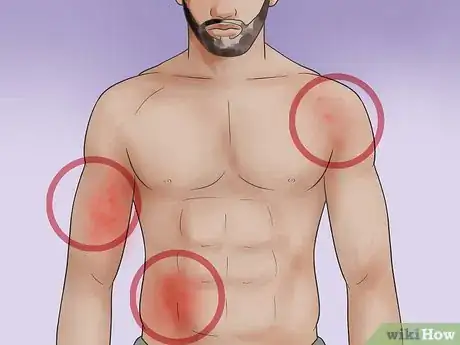
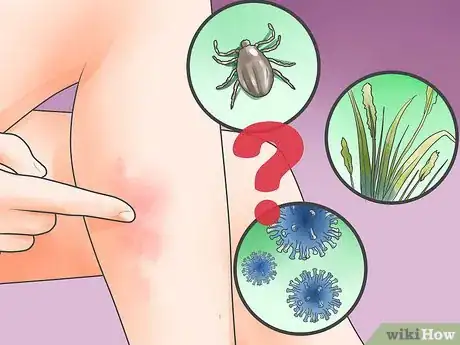

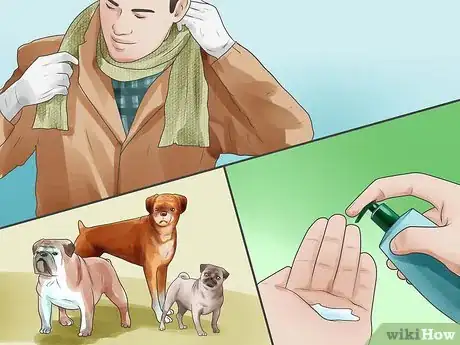
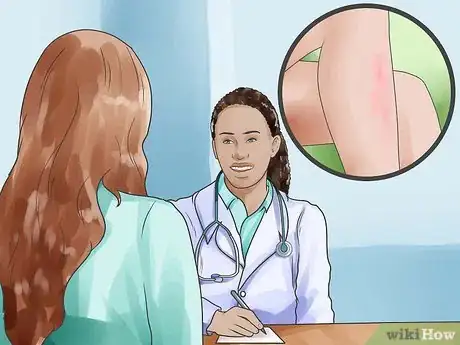
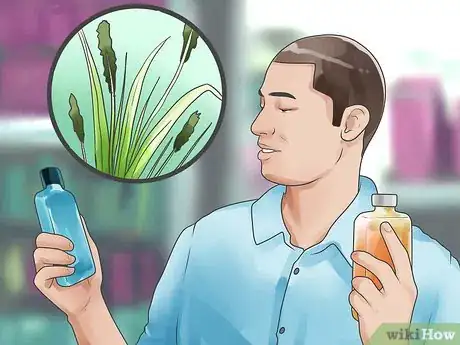
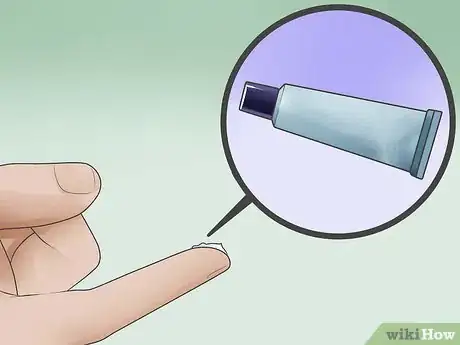
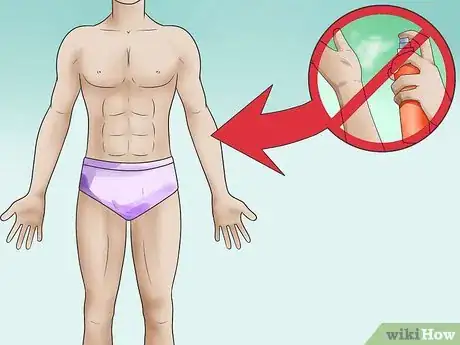

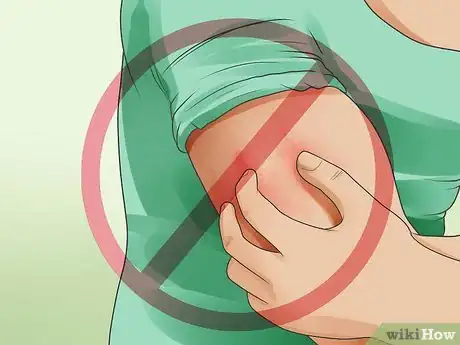
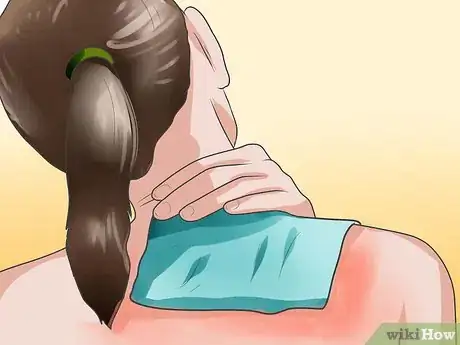
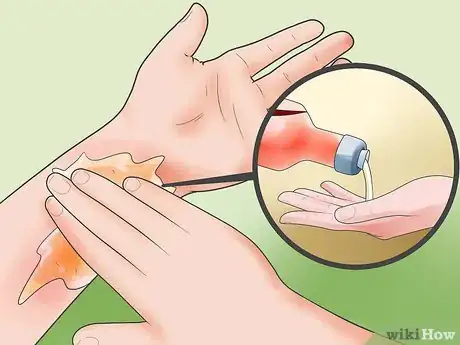

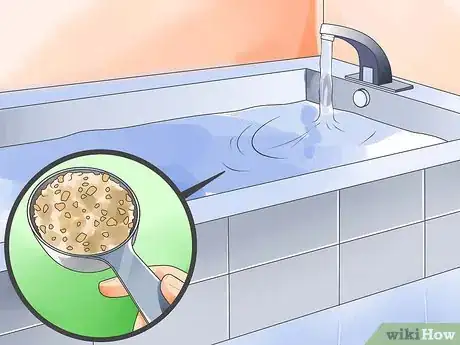


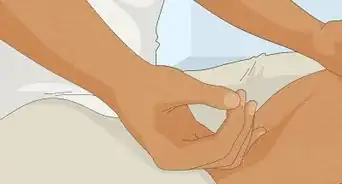
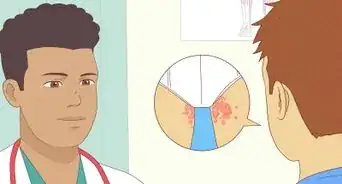


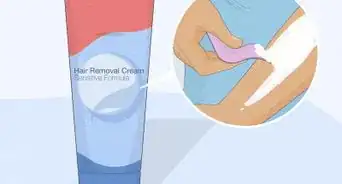


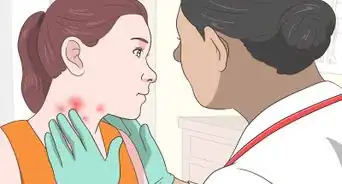

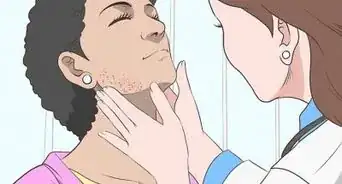















































Medical Disclaimer
The content of this article is not intended to be a substitute for professional medical advice, examination, diagnosis, or treatment. You should always contact your doctor or other qualified healthcare professional before starting, changing, or stopping any kind of health treatment.
Read More...